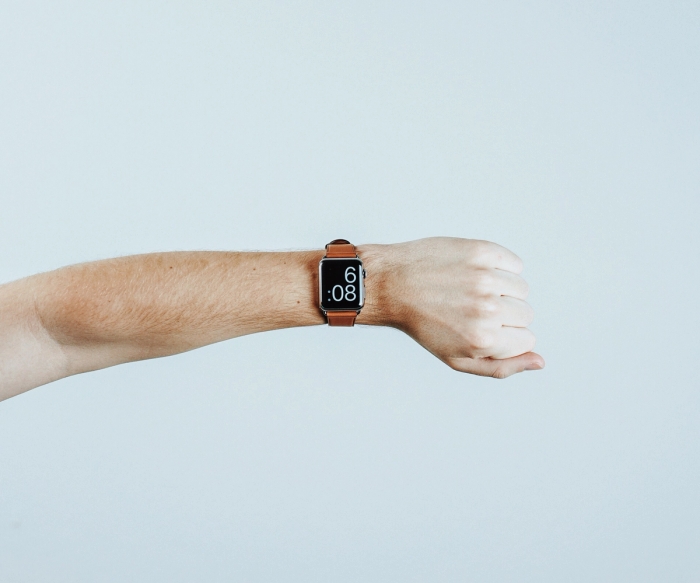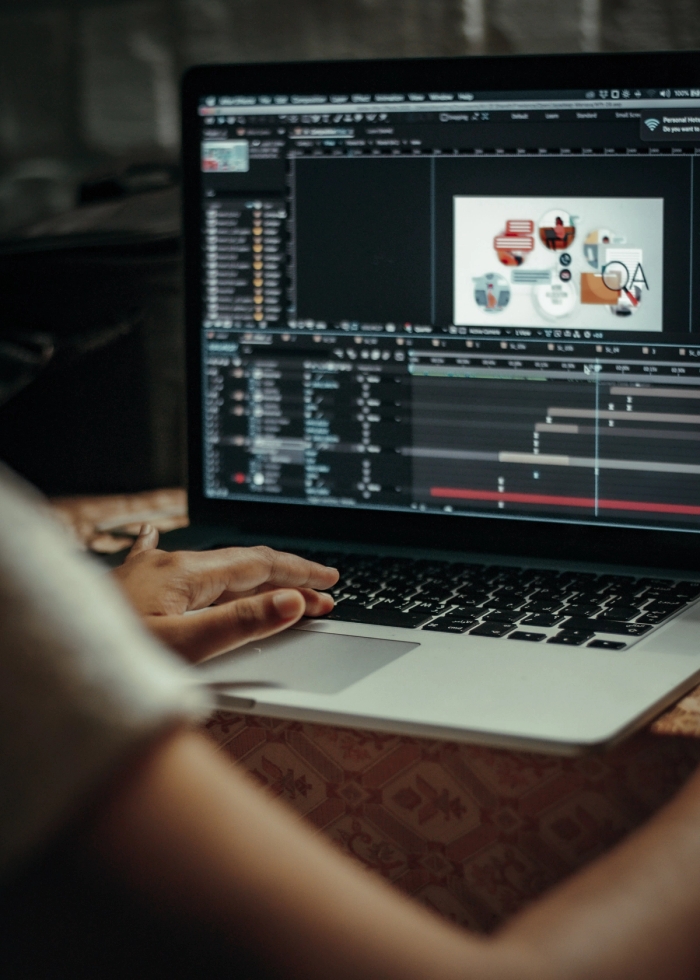In the world of user interface (UI) design, simplicity and elegance have become key elements in creating visually appealing and user-friendly interfaces. Minimalist design has emerged as a powerful trend, capturing the essence of clean aesthetics and streamlined functionality. In this article, we delve into the theme of minimalist UI design, exploring its significance, best practices, and how it influences the overall user experience.

Image by Mitchell Hollander on unsplash
1. Understanding Minimalist UI Design
Less is More Minimalist UI design is characterized by simplicity, clarity, and a focus on essential elements. By stripping away unnecessary visual clutter, designers can create interfaces that are visually appealing and easy to navigate. The goal is to present users with a seamless and intuitive experience that allows them to accomplish their tasks effortlessly.
Inspiration Resource: Awwwards (https://www.awwwards.com/) - Awwwards showcases a collection of exceptional websites with minimalist UI designs, providing inspiration and insights into the latest trends.

2. Embracing White Space
The Power of Breathing Room White space, also known as negative space, plays a crucial role in minimalist UI design. It refers to the empty areas between elements, providing a sense of balance and visual clarity. By incorporating ample white space, designers can direct the user's attention to key elements and create a sense of calmness and elegance.
Inspiration Resource: Behance (https://www.behance.net/) - Behance features a vast array of design projects, including minimalist UI designs that effectively utilize white space to create visually stunning interfaces.

Image by Brands&People on unsplash
3. Typography
Simple and Impactful Typography in minimalist UI design should be clean, legible, and unobtrusive. Choose sans-serif fonts with a balanced mix of weights to achieve a modern and sleek look. Strive for simplicity and ensure that the typography aligns with the overall aesthetics of the interface. Utilize typography hierarchy effectively to guide users through the content and emphasize important information.
Inspiration Resource: Typewolf (https://www.typewolf.com/) - Typewolf offers curated lists of beautiful font pairings and showcases minimalist UI designs with exceptional typographic choices.

Image by Wioleta Zakrzewska on unsplash
4. Color Palette
Less is More Minimalist UI design often relies on a limited color palette to maintain a cohesive and harmonious visual experience. Opt for muted tones, neutrals, or monochromatic schemes that create a sense of tranquility and sophistication. Introduce subtle pops of color sparingly to draw attention to specific elements or actions.
Inspiration Resource: Color Hunt (https://colorhunt.co/) - Color Hunt provides a wide selection of minimalist color palettes that can be used as a starting point for your UI design projects.

5. Streamlined Navigation
Enhancing User Flow Navigation is a critical aspect of any user interface. In minimalist UI design, navigation should be intuitive and unobtrusive. Utilize clear and concise labels, minimalist icons, and uncluttered menus. Implementing hidden or off-canvas navigation menus can further declutter the interface, creating a more immersive user experience.
Inspiration Resource: Dribbble (https://dribbble.com/) - Dribbble features a wealth of UI design shots showcasing innovative navigation solutions and minimalist menu designs.

Image by Sarath P Raj on unsplash
6. Minimalist Microinteractions:
Adding Delightful Details Microinteractions are small, subtle animations or feedback that provide users with visual cues and enhance the overall user experience. In minimalist UI design, microinteractions should be purposeful, unobtrusive, and seamlessly integrated. Use them to guide users, provide feedback, or add a touch of delight to interactions.
Inspiration Resource: Codrops (https://tympanus.net/codrops/) - Codrops offers an extensive collection of tutorials and showcases innovative microinteractions and animations that can elevate your minimalist UI designs.
By incorporating these best practices and seeking inspiration from reputable design resources, you can embark on your journey to create stunning minimalist UI designs. And when it comes to browsing and utilizing pre-made UI components to accelerate your design process, UI Lens (link: https://www.uilens.com/) is an invaluable tool.
7. UI Lens

With UI Lens, you can access a vast library of pre-designed UI components, carefully crafted to align with minimalist design principles. It empowers you to customize and integrate these components seamlessly into your projects, saving you time and effort while maintaining the elegance and simplicity of your design.
Remember, minimalist UI design is all about striking the perfect balance between simplicity, functionality, and visual aesthetics. Embrace the power of minimalism, explore inspiring resources, and leverage UI Lens to create user interfaces that captivate and delight users with their elegance and efficiency.
Thank you so much for taking the time to read the article!
